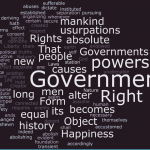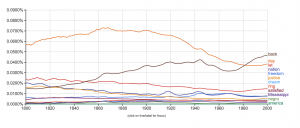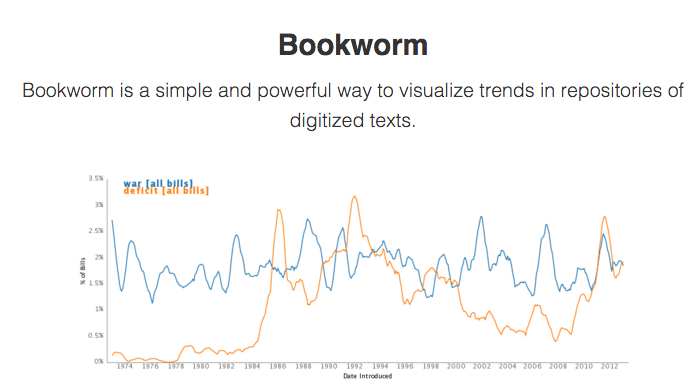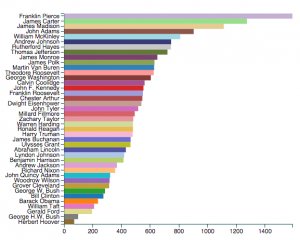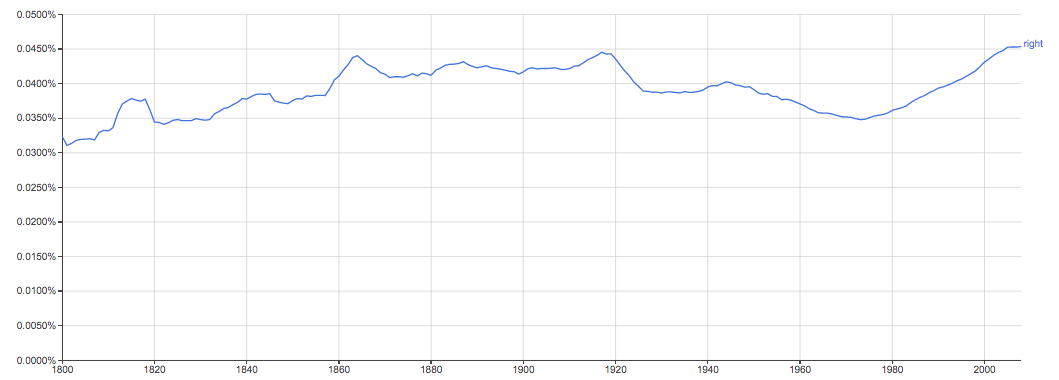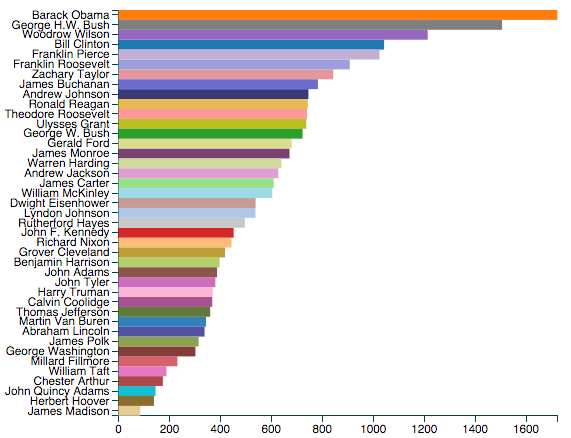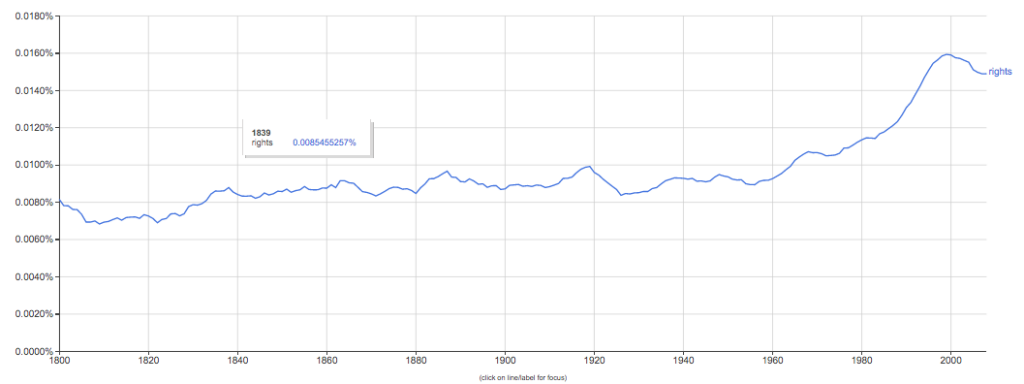My corpus creation began with ideas and consolidating my interests into overarching topics that I could start with and then narrow down. I began by playing around with the idea of Civil Rights in the past and present and narrowed down my ideas to two: a look at women’s speeches throughout history with a concentration on how their focus and patterns changed with time and more equality or a look at student’s reactions to the BlackLivesMatter movement and Campus protests, focusing on the uses of the different hashtags based on location and other demographics. After researching both topics I decided on women’s speeches and began to search for the most influential and most important speeches throughout history. Many of my results had similar lists, with the trend of certain speeches showing up in most if not all lists. I finally decided to change my focus from women’s speeches throughout history to the speeches in one “top 10” list to better understand why these were chose as the most influential speeches and to see if there was a trend between them despite there different time periods and settings in which they were said.
The final corpus I decided on was a list from Marie Claire: The 10 Greatest Speeches Of All Time By 10 Inspirational Women
- Virginia Woolf, ‘A Room of One’s Own’ (1928)
- Emmeline Pankhurst, ‘Freedom or Death’ (1913)
- Elizabeth I, ‘Speech to the Troops at Tilbury’ (1588)
- Hillary Clinton, ‘Women’s Rights are Human Rights’ (1995)
- Sojourner Truth, ‘Ain’t I a Woman’ (1851)
- Nora Ephron, ‘Commencement Address to Wellesley Class of 1996’ (1996)
- Aung San Suu Kyi, Freedom From Fear’ (1990)
- Gloria Steinem, ‘Address to the Women of America’ (1971)
- Julia Gillard, ‘The Misogyny Speech’ (2012)
- Maya Angelou, ‘On the Pulse of Morning” (1993).
I chose this corpus because it is a mix of various different types of writing and by from a diverse group of women: from a free slave to a Queen heading into battle. Some of these texts are lengthy, published texts on their own, while others are speeches of no more than 350 words. I wanted to know what exactly ties all these together to make them influential speeches and how they used their language to make an impact. I also want to look at the historical and geographical context of each of the speeches to see what influenced their style and arguments.
Because my corpus is made up of famous speeches, it was not too difficult to find transcripts of the texts I needed and after downloading them I was able to convert them into txt files. My biggest trouble came with Virginia Woolf’s ‘A Room of One’s Own’, because it is a book. I had to make a transcript for Gloria Steinem’s Address to the Women of America myself from recordings of her 30 second speech. I have begun to use a few a few tools to analyze the texts: removing common words, looking at word frequencies and organizing the texts by their date as well as by their country of origin.
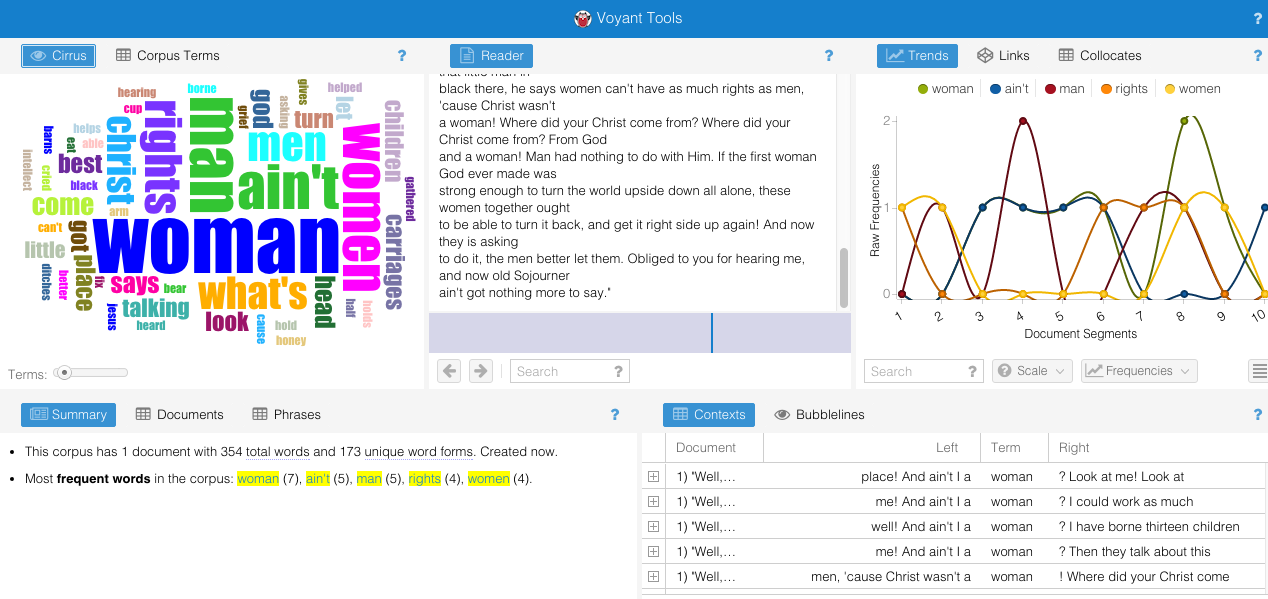
Figure 1 displays the beginning of my analysis: after cleaning up the text files I put them into Voyant to see any patterns they may have. Considering the topic it is not surprising to see some of the most common words throughout all the speeches were “men” and “women”. Religion (God) was mentioned often as well as well as “rights”.

